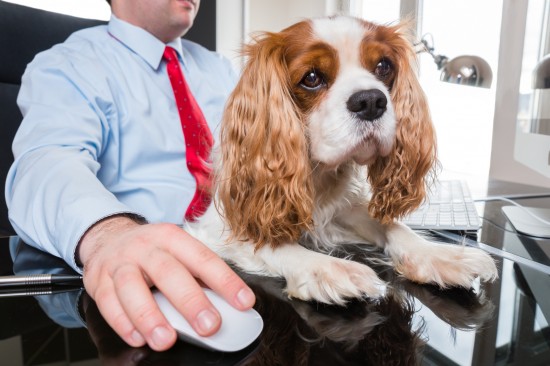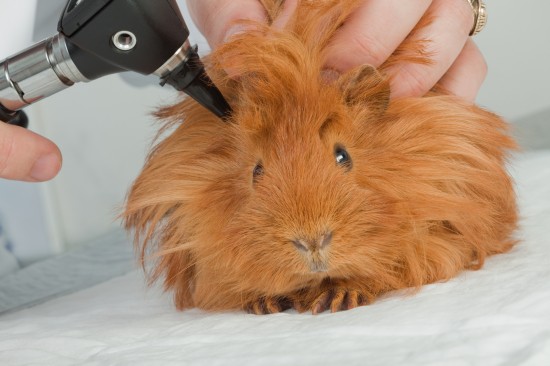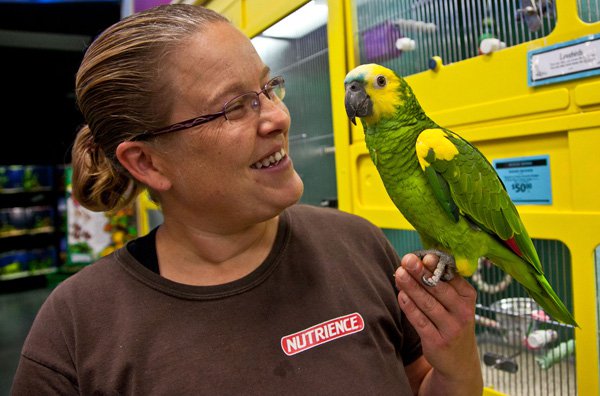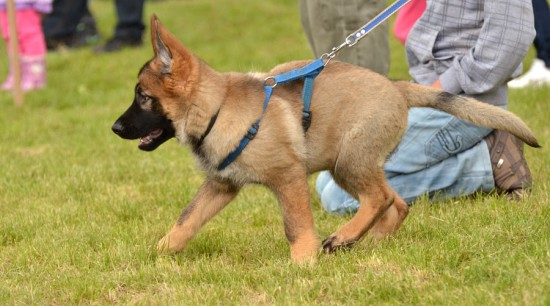

Taking your dog to work is now becoming increasingly more possible as companies in the UK are starting to appreciate the fact the our dogs can have a very positive impact on productivity, morale and general well-being in the work place. It is scientifically proven that the presence of pets can dramatically reduce stress in the work place.
In the US, studies have revealed that dogs in the work place can lead to more trust between co-workers and that then leads to more collaboration among team members. A 2006 survey from The American Pet Product Manufacturers Association (APPMA) reported that nearly one in five American companies allow pets in the work place. Some of the larger dog friendly companies in the US include Google, Proctor & Gamble Pet Care, Ben & Jerry’s, the Build-a-Bear Workshop and Amazon. In the UK, dogs are welcome at the offices of Next Model Management, Firebox, the Blue Cross, Pets at Home and the Dog’s Trust to name but a few.
Build-a-Bear deserves a special mention as they have a chief executive dog called “Milford”, who celebrates his birthday every year by throwing a party for the other company dogs. Build-A-Bear’s dog friendly work place policy is one of the reasons why the company has been named one of Fortune's “100 Best Companies to Work For” for three consecutive years.
You may not be employed by a company who allow dogs into work on a regular basis, but many still participate in “Bring Your Dog to Work Day”. In the UK, the next event is on 26th June 2015. The aims are to have fun whilst raising money for the charities All Dogs Matter, Animals Asia and Pup Aid; as well as to increase employee productivity and wellbeing.
Companies who do allow dogs in the workplace will draw up their own individual policy that includes guidelines for employees who would like to bring their dogs into the office. The list below is by no means a definitive guide, but provides some considerations to take into account if you are planning to ask you employer if you can take your dog to work.
If your company does not already have a policy concerning dogs at work, don’t expect your boss to immediately agree to draw one up! This will require careful thought and preparation to ensure that the arrangement is safe and fair for those who wish to participate – both dogs and people. Put yourself in your employer’s shoes. What would happen if someone got accidentally bitten, tripped over a dog and hurt themselves or the dog, or there was a fight between two or more dogs? Who would be held responsible? Additional insurance may be required. Also careful thought would be needed as to how many dogs could safely be accommodated in the available space. What would happen if demand was higher than the supply of space? How would a fair rota be drawn up? If you are planning on asking to take your dog to work, take some notes along to your meeting with some solutions to these potential problems. It shows forward thinking and could make your suggestion more acceptable if you are fully aware of the risks and have some ideas as to how to make the idea a success rather than an accident waiting to happen. Don’t forget to include some recent scientific studies that support the many benefits of pets in the work place – there are lots online. Select those that are relevant to your type of business and the country you live in.
Take into account the nature of your business. It will not be possible to bring dogs to work in areas where food or drink is manufactured, prepared or served. Certain medical establishments may not allow dogs. Although employees of Ben & Jerry’s can take their dogs to work, they are only allowed in the offices. Your dog may be healthier and cleaner than some of your colleagues, but the legalities may be such that it simply isn’t possible for certain employers to allow dogs.
Some employers may have to say no to dogs in the work place if they have employees who are allergic to dog dander, or who are very fearful of dogs. They have an obligation to ensure the health and well-being of everyone in the work place, and if dogs are going to be detrimental to the health of any colleagues, bringing your dog to work may not be viable.
Now that we’ve covered the possible negatives, let’s look at a more positive scenario. Your employer is considering your request. In order to make the proposal more attractive, it’s important that your dog is not going to be a nuisance. If there is already a policy in place, you need to consider this equally seriously, because if you bring in a badly behaved dog, or a dog that is not very pleasant to be around (e.g. he needs dental treatment and has bad breath, or suffers from flatulence) then he may not be welcome. If your dog is whining or unsettled, this isn’t only distracting for colleagues, it’s a sign your dog is not happy with the arrangement. His vocalising may act as a cue for other dogs and you could well end up spoiling things for everyone. The work place dog needs to be calm, well-mannered (around both people and other dogs), clean and fragrant! He should be insured, up to date with his vaccinations and parasite control and micro-chipped. He should wear a collar with an ID tag at all times.
The work place dog needs a comfortable area to rest with his own bed, toys and water bowl. Be prepared for an occasional accident and keep an emergency box filled with poo bags, disinfectant spray, wipes, kitchen towel and an air freshener. Different employers may have different regulations. Amazon for example requires that the dog must remain on a leash unless he is behind a baby gate or in an office with a closed door. If you’re taking your dog to work, lunch time is not a time for catching up with the office gossip or slouching at your desk with a sandwich. The working dog needs his break too, so come rain or shine you need to get him out in the fresh air to relieve himself and take some exercise.
 Fun Facts About Horses & Other Equines
Fun Facts About Horses & Other Equines
 How To Deal With Ear Infections In Guinea Pigs
How To Deal With Ear Infections In Guinea Pigs
 A Career With The Mounted Police
A Career With The Mounted Police
 More Information On The Unusual Toyger Cat Breed
More Information On The Unusual Toyger Cat Breed
 Why Proper Dog Grooming Session is Important for Every Dog?
Why Proper Dog Grooming Session is Important for Every Dog?
 Puppy Problems - Nipping, Jumping Up, Barking, Housetraining And Socialising
Puppy Problems - Nipping, Jumping Up, Barking, Housetraining And Socialising
Copyright © 2005-2016 Pet Information All Rights Reserved
Contact us: www162date@outlook.com